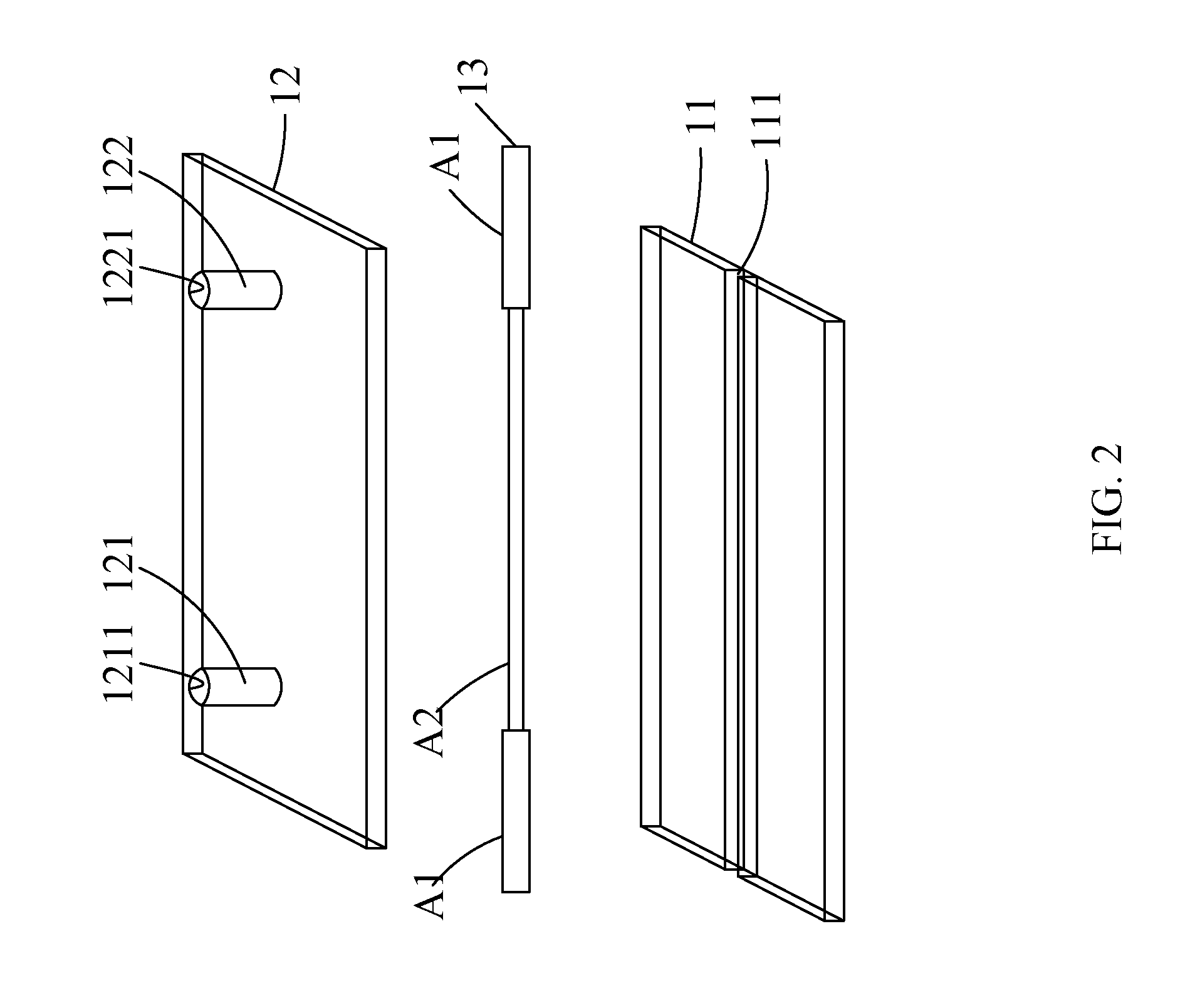Method for Estimating Binding Kinetic Rate Constants by Using Fiber Optics Particle Plasmon Resonance (FOPPR) Sensor
a technology of particle plasmon resonance and kinetic rate constant, which is applied in the field of method for estimating binding kinetic rate constants by using a fiber optics particle plasmon resonance (foppr) sensor, can solve problems such as affecting the properties of the substance to be tested, and technical problems remain to be solved
- Summary
- Abstract
- Description
- Claims
- Application Information
AI Technical Summary
Benefits of technology
Problems solved by technology
Method used
Image
Examples
Embodiment Construction
[0034]The technical characteristics of the present invention will become apparent with the detailed description of the preferred embodiments accompanied with the illustration of related drawings as follows. It is noteworthy that same numerals are used for representing the same respective elements in the drawings.
[0035]With reference to FIG. 1 for a schematic perspective view of a fiber optics particle plasmon resonance (FOPPR) sensor used in a method for estimating binding kinetic rate constants in accordance with the present invention, the FOPPR sensor comprises an optical-fiber sensor chip 1, a light source 2 and a light receiver 3. The optical-fiber sensor chip 1 is disposed between the light source 2 and the light receiver 3. The light source 2 is a single-frequency light such as a laser or a narrowband light such as a light emitting diode.
[0036]The FOPPR sensor of the present invention further selectively comprises a signal waveform generator 4, a lock-in amplifier 5 and a comp...
PUM
 Login to View More
Login to View More Abstract
Description
Claims
Application Information
 Login to View More
Login to View More - R&D
- Intellectual Property
- Life Sciences
- Materials
- Tech Scout
- Unparalleled Data Quality
- Higher Quality Content
- 60% Fewer Hallucinations
Browse by: Latest US Patents, China's latest patents, Technical Efficacy Thesaurus, Application Domain, Technology Topic, Popular Technical Reports.
© 2025 PatSnap. All rights reserved.Legal|Privacy policy|Modern Slavery Act Transparency Statement|Sitemap|About US| Contact US: help@patsnap.com



